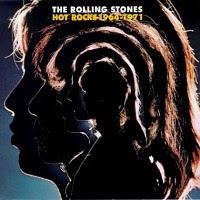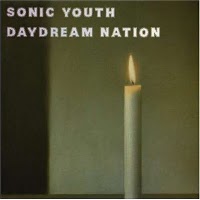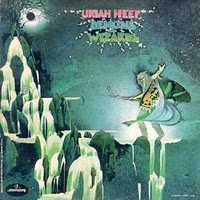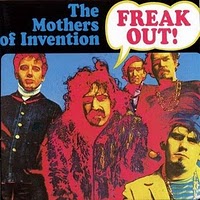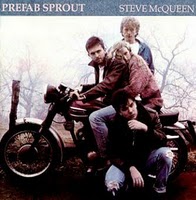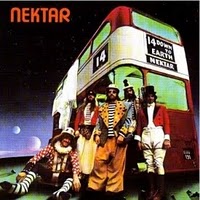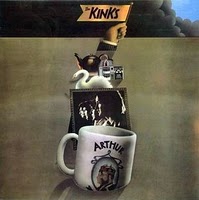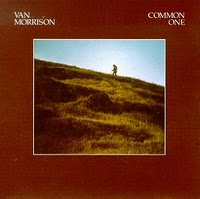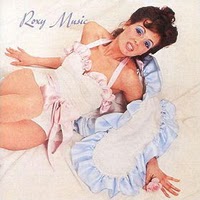
An insane record that sounds at times like rock ‘n’ roll risen from the dead (the original post-rock?): Bryan Ferry’s a vampire in too-tight tuxedo, drunk out of his mind on champagne at a cocktail party and desperately declaring how he used to be a star (a unique and paradoxical property for a frontman’s debut); Brian Eno’s synths spread gloomy atmospherics like a fog machine, his keys stab clumsily like a Jerry Lee Lewis rebuilt by Frankenstein; Andy Mackay spit-shines the rough edges with creepy Teutonic reeds and squealing brass; Paul Thompson galumphs along like a Stax stable studio drummer kept alive by amphetamines; and Phil Manzanera’s overdriven six-string heroics harness noise like White Light/White Heat era Lou Reed with years of lessons.
This is in many ways the quintessential Roxy album (although I’d be tempted to say the same about the next three). Their sly, subversive pop is at its most unhinged here, at its riskiest and most outrageous, making few concessions to commercialism and with a self-aware artiness and goofiness that contrasts rather sharply with Ferry’s later shameless self-promotion as refined European Romantic (a self-stylization that would eventually get the best of him). By no means is it their best album—their ambitions exceed their abilities in a few places, and the suave, smarmy refinements of For Your Pleasure now seem conspicuously absent—and I agree with most reviewers who suggest it’s rather top-heavy—but it’s a milestone of 70s rock, nonetheless; an important template for much that followed; and thus arguably the group’s most important. –Will



